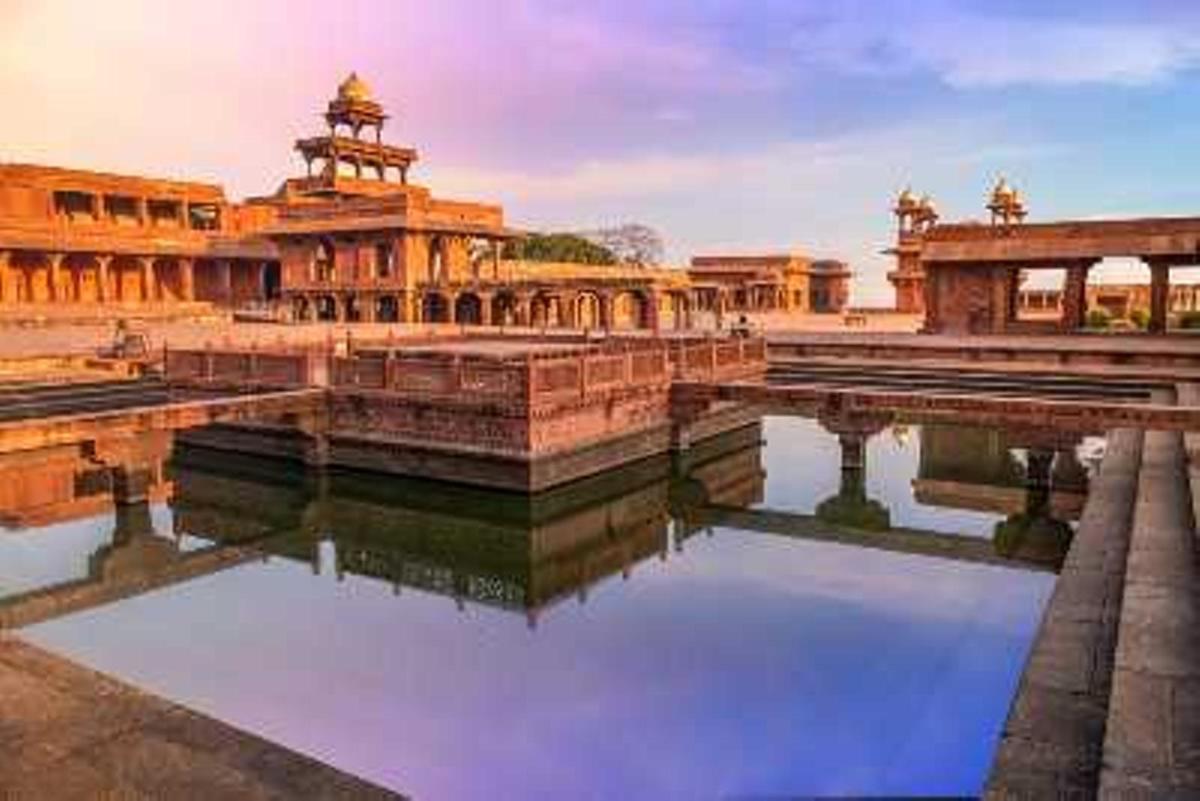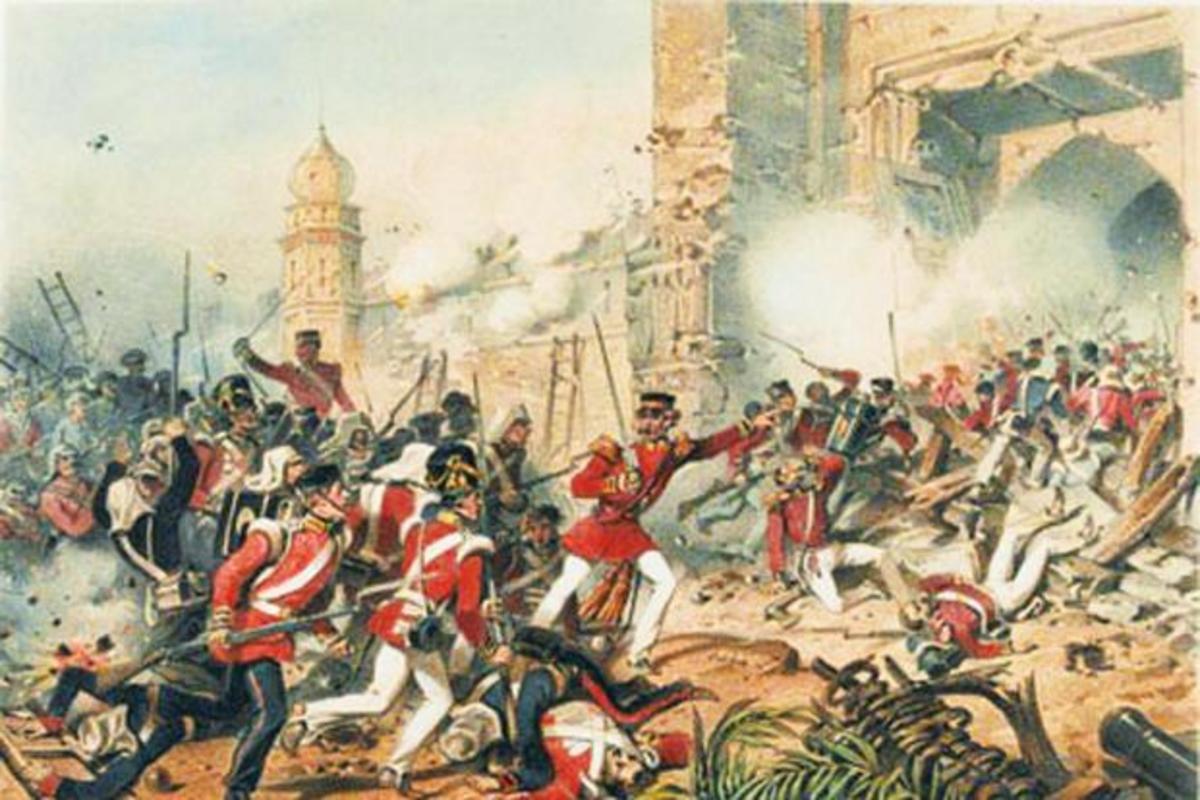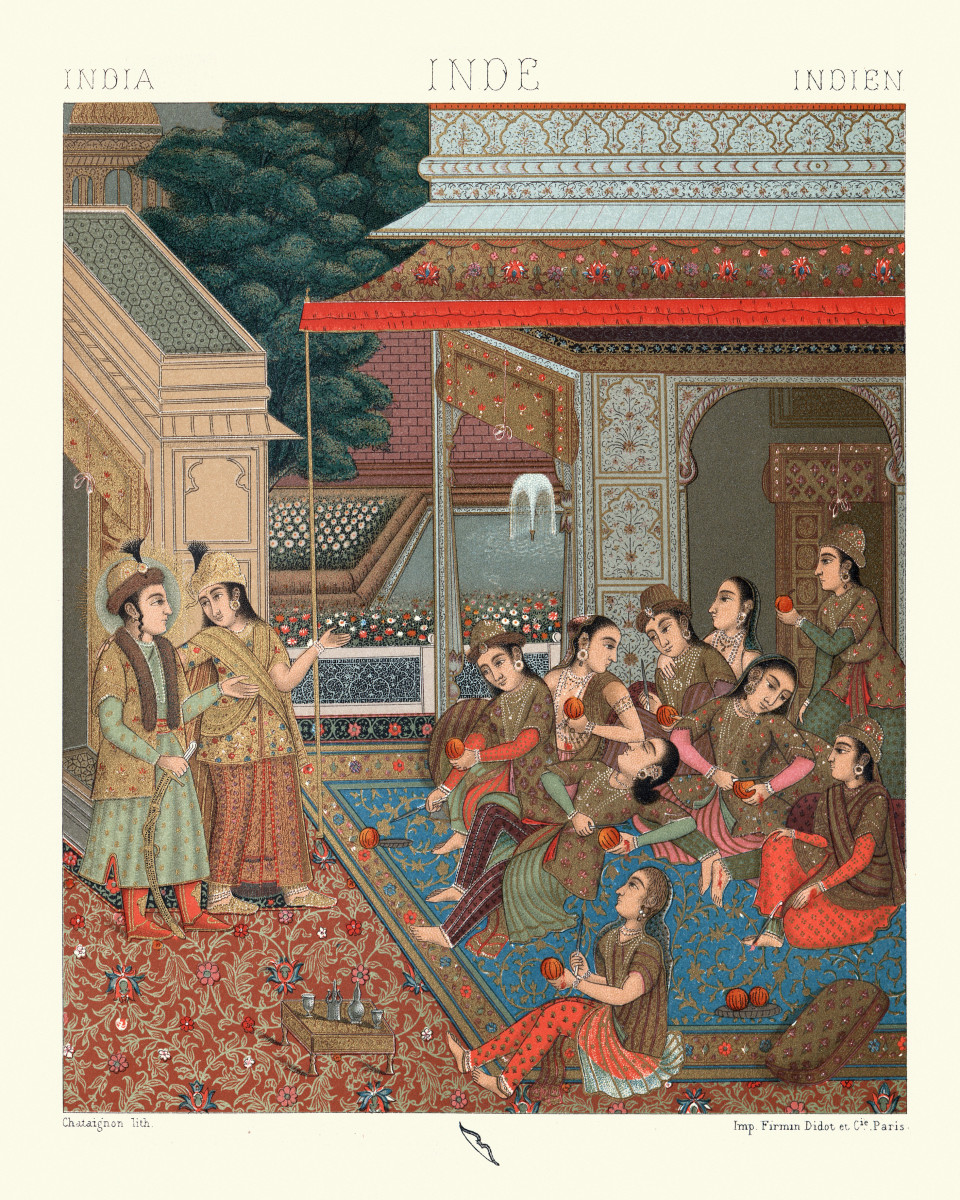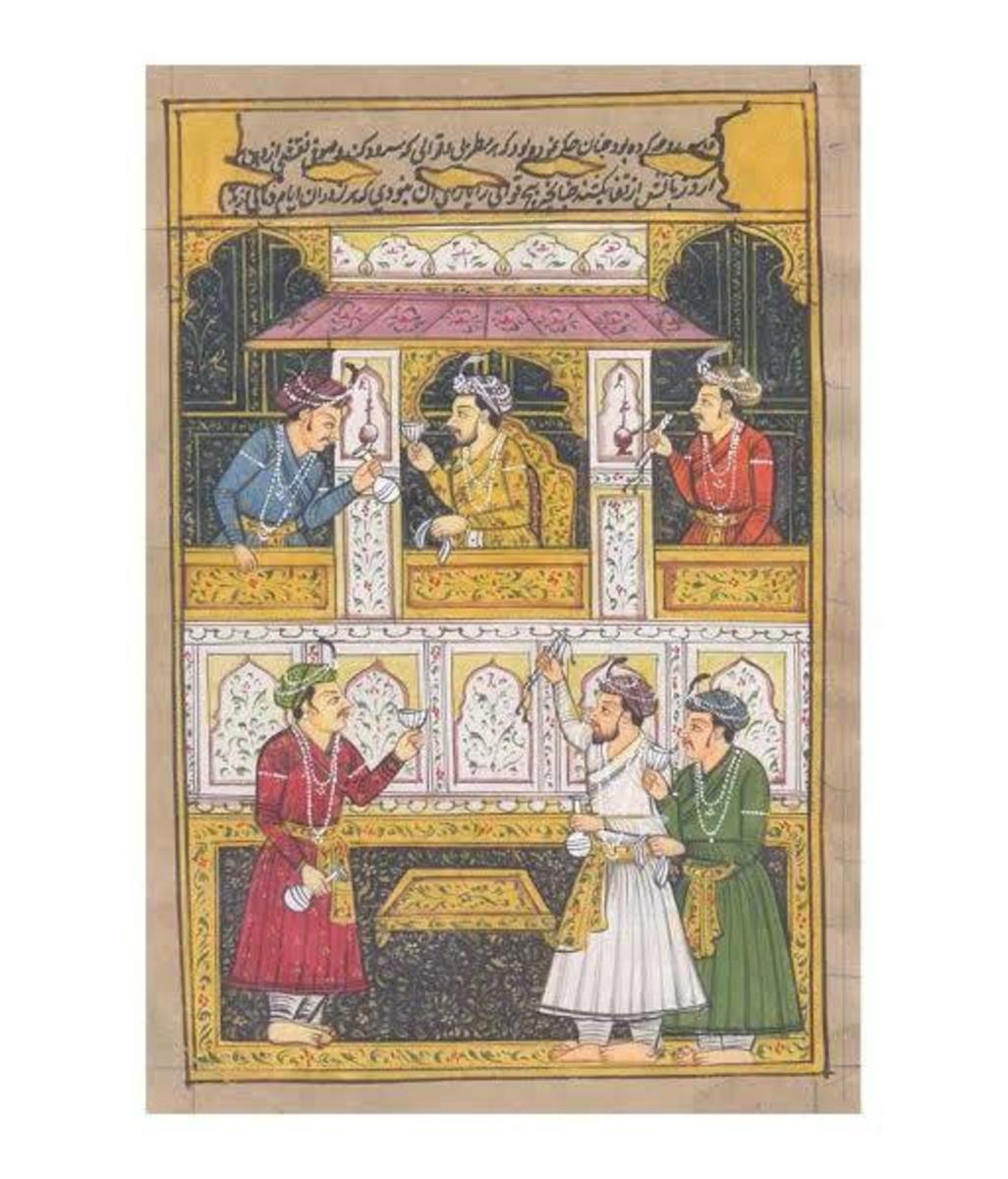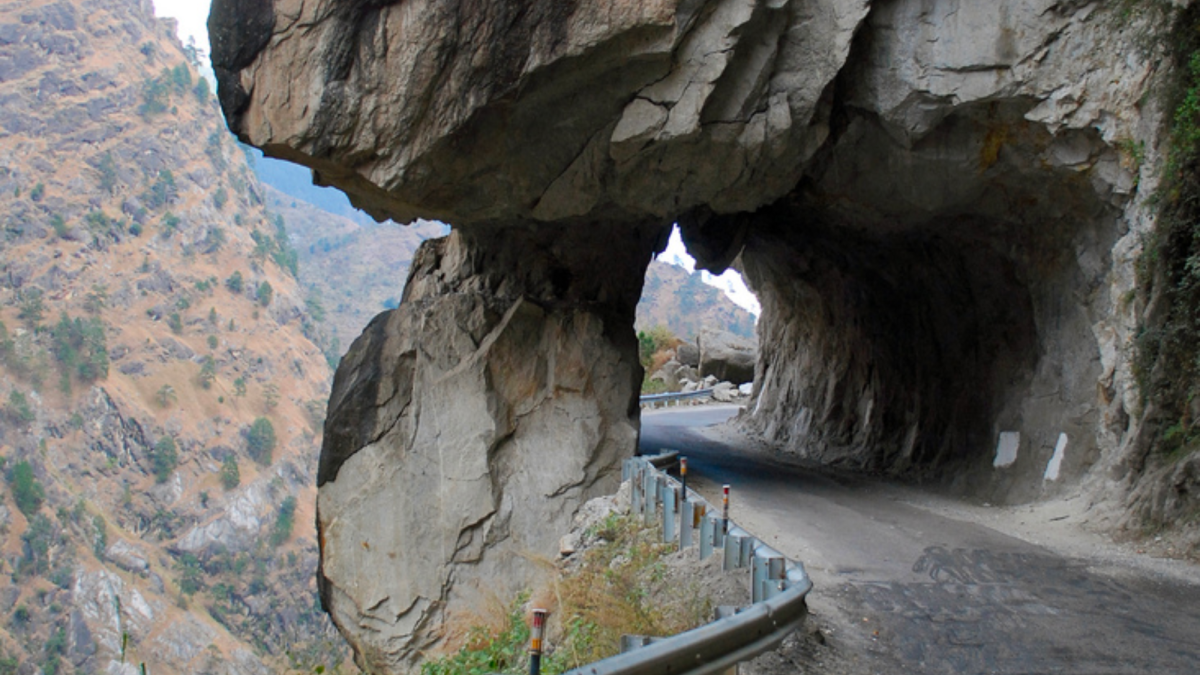- HubPages»
- Travel and Places»
- Visiting Asia»
- Southern Asia
Tomb of Mughal Emperor Aurangzeb
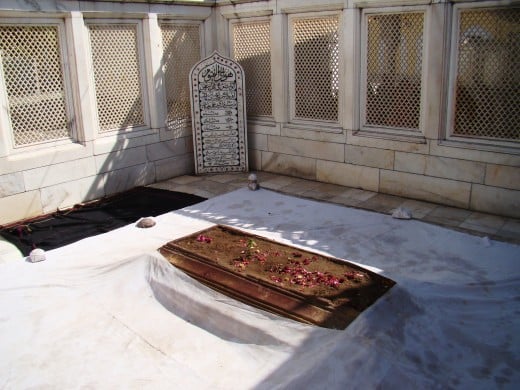
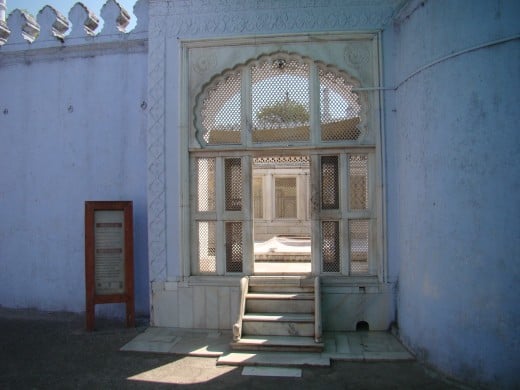
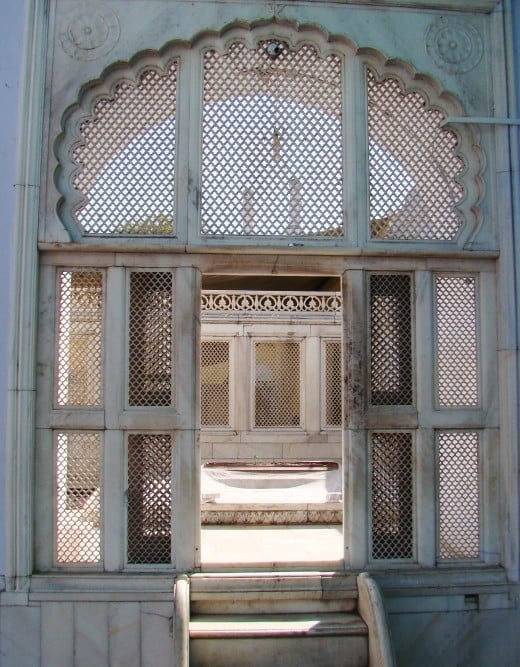
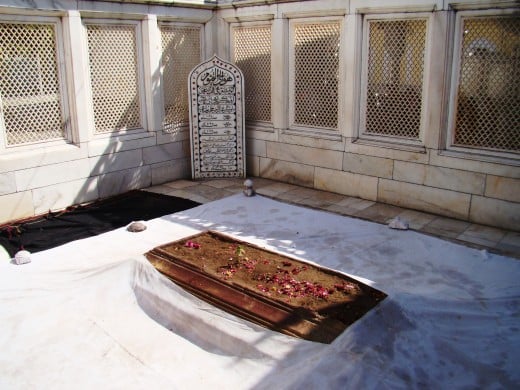
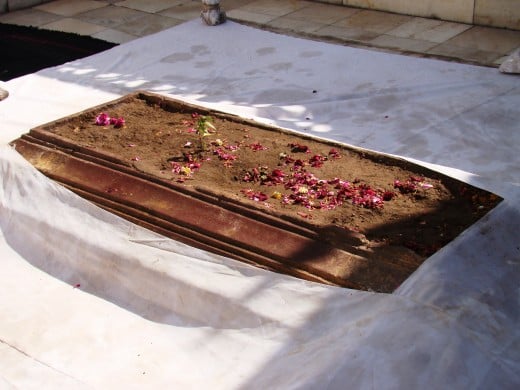
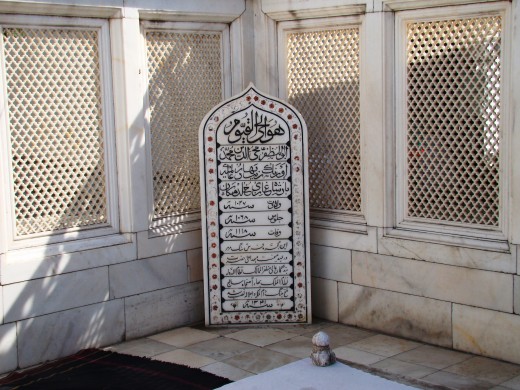
How a man can be measured ? By his wealth? By his academic levels? By his post or job? By his deeds? By his nature? By his visions?
The answer should not be uni-dimensional.
Moreover, it depends on the paradigm of the person making the evaluation. We are all conditioned by our own paradigm. What we call good, or bad, entirely depends on how we look at the world. Yet, we do make prompt judgment about a man by looking at one or few of the different facets of him.
The case is exactly the same with the Mughal Emperor Aurangzeb who ruled India for fifty years (1658 – 1707 A.D.).
Aurangzeb has been described by various persons as a great emperor, a cruel & evil Muslim emperor, a staunch anti-Hindu monarch who destroyed many Hindu temples & introduced special taxes on his Hindu subjects, a devout Muslim, a man with a very strict & pious nature, & so on.
What was the truth?
The answer is, again, subjective one & depends on the paradigm of the observer.
I’m not going to claim that I’m beyond my own paradigm, but just presenting to my readers a glimpse of the nature of that great but controversial emperor.
All over the world, in all the ages, it is customary that a person always wants to leave behind something, some deed, some ideas or thoughts which will carry his or her name in generations to come. It is nothing but an atavistic urge to become immortal. That’s why we see grand mausoleums are constructed by kings & powerful persons. In India, where we’ve a very ancient civilization & series of dynasties of great & not so great rulers, we come to see a large number of such mausoleums. The great Taj mahal of Agra is a fine example.
But for Emperor Aurangzeb, the case is somewhat unusual, to say the least.
He was the undisputed emperor of a vast empire, stretching from the present day Afganisthan to almost the southern tip of the Indian peninsula, & from Arabian sea to the east end of this vast land. He wielded immense power, & the wealth of the Mughal empire was almost immeasurable. He had the power & money to build the grandest of all grand mausoleums. Despite this, he opted for a very simple one. In fact, there is no mausoleum at all where his grave is situated at Khuldabad, about 25 km from Aurangabad, a major city in the state of Maharashtra in present day India.
Aurangzeb was a devout Muslim, & a man of very strict principles. It is said that he did not use any money from the royal coiffure, but depended on his meager income from copying the holy Quran & from sewing skull caps by his own hand! No doubt, this man would opt for the simplest of the simple grave as the ultimate resting place of his mortal remains.
The tomb of Aurangzeb is situated in the south-east corner of the courtyard of the mausoleum of his spiritual teacher Burhan-ud-din, who was a great Muslim saint. The grave of the great emperor is located at the centre of an elevated platform from the surrounding marble floor. Bare with an earthen top, on which somebody has offered some flowers, the grave with its aura of great simplicity speaks of the nature of the great man whose mortal remains is buried under.
The grave is surrounded by perforated marble screens which are a later addition by the Nizams of Hyderabad.
One has to bow down one’s head at the grave. Whether one likes him or not, one must acknowledge the simplicity of the great emperor, which amounted to great spirituality. He had any amount of wealth under his control to construct the grandest of the mausoleums, but he followed his heart & his strict religious principles, & opted for a grave as simple as that of a pauper. There lies the greatness of him as a man.

